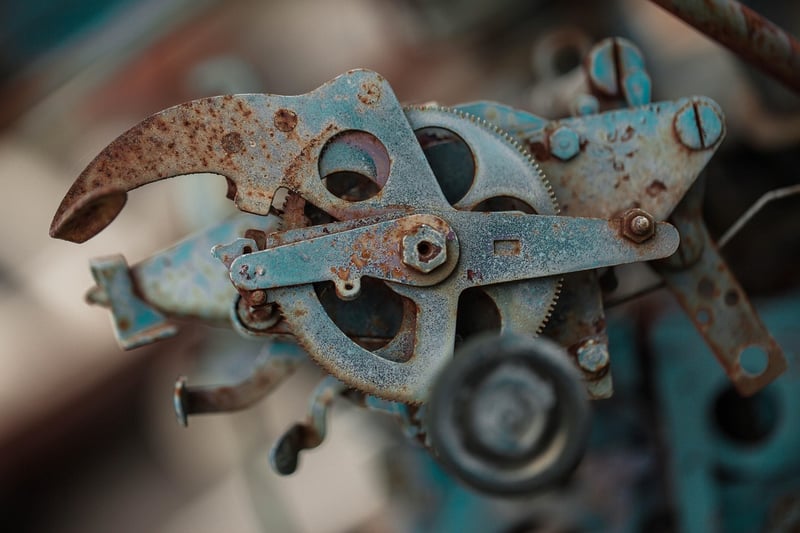How They Work
Mechanisms & Rules: Understanding How They Work
When it comes to understanding the world around us, mechanisms and rules play a crucial role. Whether in physics, engineering, biology, or even everyday life, these fundamental concepts help us make sense of how things work and why they behave the way they do. Let's delve into the basics of mechanisms and rules to gain a better understanding of their significance.
What are Mechanisms?
Mechanisms are essentially the components or parts of a system that work together to achieve a specific outcome. They are the building blocks that enable movement, functionality, and purpose in various processes. Think of mechanisms as the gears in a clock – each one has a specific role and contributes to the overall function of the system.
Types of Mechanisms
There are various types of mechanisms, each serving a unique purpose:
- 1. Simple Machines: These are basic mechanical devices that help in performing work, such as levers, pulleys, and inclined planes.
- 2. Complex Machines: These consist of multiple simple machines working together, like engines or robots.
- 3. Biological Mechanisms: Found in living organisms, these mechanisms govern processes like metabolism, reproduction, and movement.
Understanding Rules
Rules are principles or guidelines that govern the behavior or outcome of a system. They provide structure, consistency, and predictability to processes, ensuring that things function in a particular way. Without rules, there would be chaos and uncertainty in how things operate.
Examples of Rules
Rules exist in various domains, including:
- 1. Physics: Laws like Newton's Laws of Motion dictate how objects move and interact with each other.
- 2. Engineering: Design principles and safety regulations ensure that structures and systems function efficiently and safely.
- 3. Games: Rules in games and sports define how players should behave and determine the outcome of the game.
How Mechanisms and Rules Work Together
Mechanisms and rules are interconnected in many ways. Mechanisms follow rules to operate effectively, while rules often dictate how mechanisms should function. Together, they create a framework that guides processes and behaviors, allowing for order and structure in various systems.
By understanding the relationship between mechanisms and rules, we can unravel the complexities of the world around us and appreciate the underlying principles that govern our daily experiences.

Next time you observe a machine at work or witness the laws of nature in action, remember the critical roles that mechanisms and rules play in shaping our understanding of how things work.
